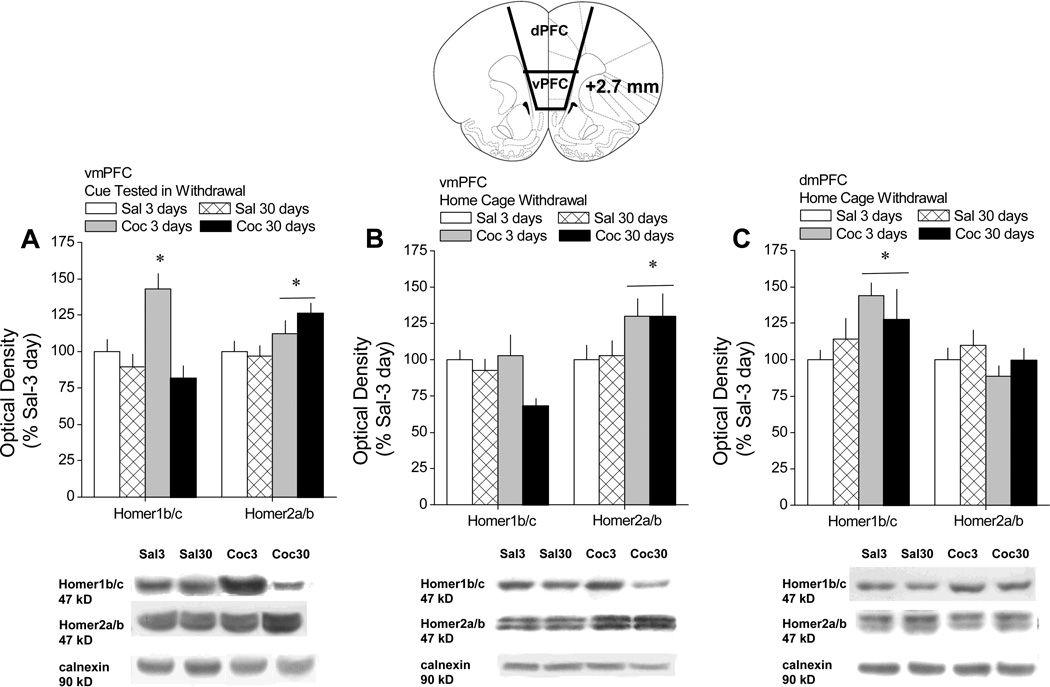Figure 1. A history of extended access to cocaine produces a time-dependent imbalance in CC-Homer1 versus –Homer2 isoforms within the vmPFC.
Top: Summary of the change in protein expression within the vmPFC exhibited by rats with a history of extended access (6 h/day) to intravenous saline (Sal) or cocaine (Coc) at 3 and 30 days withdrawal, expressed as a percent change from protein levels exhibited by Sal animals at 3 days withdrawal. Bottom: Representative immunoblots of the 4 treatment groups for Homer1b/c, Homer2a/b and the calnexin loading control. A, Immunoblotting results for vmPFC tissue obtained immediately upon completion of a 2-hr behavioral test conducted at 3 versus 30 days withdrawal, in which lever-pressing behavior was reinforced by the presentation of the saline/cocaine-associated cues. n=11 for Sal-3day, Sal-30day and Coc-30day; n=7 for Coc-3day. B, Immunoblotting results for vmPFC tissue of Sal and Coc animals left undisturbed in their home cage for 3 versus 30 days withdrawal. n=13 for Sal groups; n=15–16 for Coc groups. C, Immunoblotting results for dmPFC tissue of Sal and Coc animals left undisturbed in their home cage for 3 versus 30 days withdrawal. n=13 for Sal groups; n=15–16 for Coc groups. All data represent the mean ± SEM. *p<0.05 vs. respective 3 day data point, a priori t-tests.

